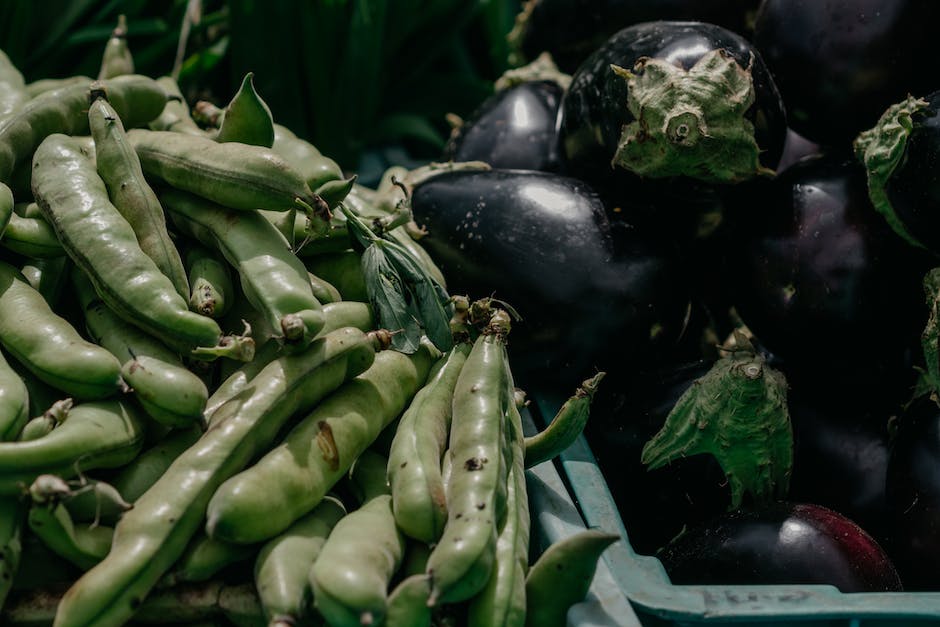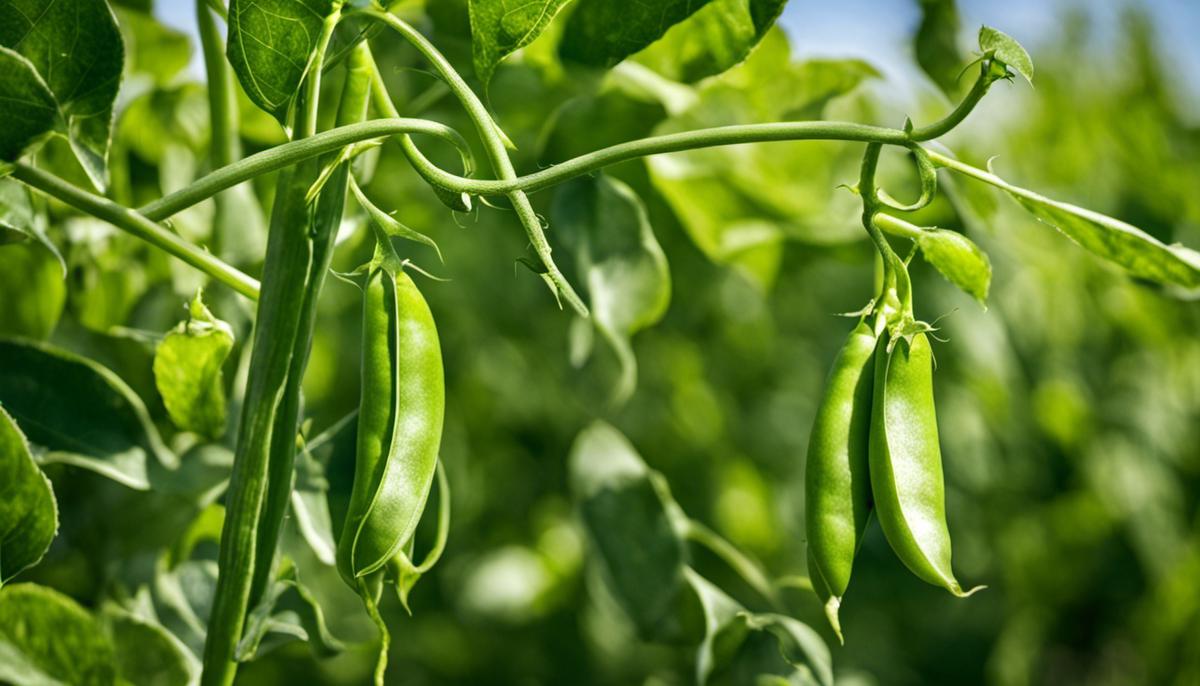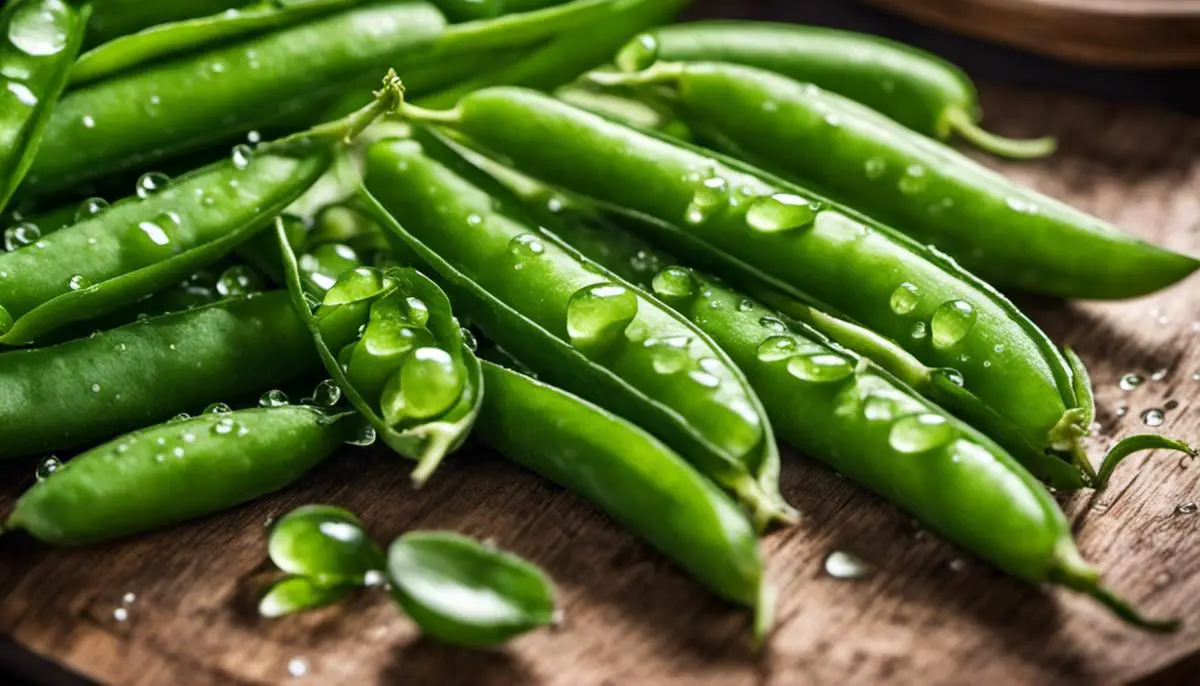Snap peas, a versatile and vibrant vegetable, showcase the magic of nature by filling the gap between winter’s last chill and summer’s first heat. Packed with a sweet, crunchy flavor, they amplify the charm of any kitchen garden. Unraveling their mysteries, such as their growth cycle, ideal growth conditions, and optimal planting season, will enable you to produce a successful snap pea crop. Whether you’re a beginner gardener or a seasoned green thumb, the details of how to plant, cultivate, and harvest snap peas will prove invaluable. Beginner or not, comprehending the specific sunlight and water requirements, soil conditions, and the potential diseases and pests becomes essential for a rewarding harvest. So, let’s embark on this delightful green journey together.
Understanding Snap Peas
Understanding Snap Peas: The Basics
Snap peas, also known as sugar snap peas, are a garden favorite due to their sweet taste and crunchy texture. They are a hybrid of garden peas and snow peas, offering the best of both – edible pods and peas. They reside in the Fabaceae family, sharing roots with beans and lentils, and are considered a cool-season crop.
Reader Poll: What online courses would interest you?
The Growth Cycle of Snap Peas
Snap peas have a growth cycle that spans around 60 to 70 days from planting to harvest. The life cycle begins with a planted pea seed, which sprouts into a seedling in 7 to 10 days depending on soil temperature. The seedling then grows into a vine-like plant, with white or purple flowers that eventually bear pods. The snap pea pods mature within 10 to 14 days of flower pollination.
Ideal Conditions for Snap Pea Growth
Snap peas thrive under certain conditions. These peas are cool-season vegetables and best sown as soon as the ground can be worked in spring. They prefer temperatures between 55ºF to 65ºF, although they can tolerate light frosts and short periods of snow cover.
As for sunlight requirements, snap peas need full sun exposure, around 6 to 8 hours a day. However, they can tolerate partial shade, especially in warmer climates.
Subscribe to our newsletter!
The soil for snap peas should be well-draining and rich in organic matter, with a pH range of 6.0 to 7.5. Prepare the soil by adding well-rotted compost or manure to boost its fertility.
The Water Requirements of Snap Peas
Snap peas require regular, even watering, but avoid over-watering, as this can lead to problems such as root rot and powdery mildew. It’s recommended to provide about an inch of water per week, especially during dry periods.
Diseases and Pests of Snap Peas
Snap peas can be susceptible to several diseases including Root Rot, Powdery Mildew, and Fusarium Wilt. To prevent these diseases, practice crop rotation and provide good air circulation around the plants.
Common pests that can affect snap peas include aphids, slugs, snails, and pea leaf weevils. Organic remedies, like neem oil for aphids and diatomaceous earth for slugs and snails, can be used to control these pests.
In Conclusion
In conclusion, successful cultivation of snap peas requires knowledge of their growth cycle, preferred conditions, and potential illnesses. By providing adequate conditions, these delicious and crunchy peas can be a plentiful and rewarding addition to your home garden.

Planting and Cultivating Snap Peas
Understanding Snap Peas: From Seed to Harvest
Snap peas, or sugar snap peas, are a cool-season crop that thrive in the early spring and fall when temperatures range between 40 and 75 degrees Fahrenheit. These tender, edible pods are famous for their sweet flavor and ease of growth. However, for successful snap pea gardening, understanding proper soil preparation, planting methods, support structures, watering, and fertilizing play crucial roles.
Preparing the Soil for Snap Pea Planting
Soil is the foundation of your snap pea plants’ health. Start by choosing a planting site that receives full sun to partial shade. The soil should be well-draining as standing water will rot the snap pea seeds. To enhance soil fertility, incorporate compost or aged manure into your garden bed before planting. The ideal pH for growing snap peas should be between 6.0 and 7.5. Consider testing your soil pH and amending it as necessary before planting the peas.
Planting Snap Pea Seeds Effectively
When planting snap peas, the depth and spacing of seeds greatly influence the success of your crops. Start by sowing the seeds 1 to 1.5 inches deep and 2 inches apart in single rows. The rows should be spaced approximately 2 feet apart. This ensures adequate air circulation, reducing the likelihood of disease and providing room for growth.
Offering Support to Your Snap Pea Plants
Snap peas are a vine crop that requires support as they grow to allow for easy harvesting and prevent the crop from sharing soil space with pests or diseases. Trellises are commonly used for this purpose. Place the trellis in your garden bed before or soon after planting, and guide young plants to latch onto it. Whether you use a grid-style or net trellises, ensure it’s about 6 feet tall to support the full height of the plants.
Watering and Fertilization Protocol for Snap Peas
Maintaining suitable conditions for snap peas is an essential part of the growing process. Water regularly, especially during dry periods, but avoid overwatering as it can lead to root rot. The soil should remain evenly moist, not soaked.
Snap peas are legumes that can fix their own nitrogen, so they typically don’t require heavy fertilization. However, providing them with a balanced vegetable garden fertilizer early in their growth can still be beneficial. Applying phosphorus and potassium will also be helpful as these nutrients assist in root and pod development.
Caring for Snap Peas Throughout the Growing Season
As your snap peas mature, check regularly for pests or disease signs. The most common include aphids, powdery mildew, and root rot. Removing affected plants or treating with appropriate organic pest controls can help prevent wider spread.
Harvesting usually begins about 60 to 70 days after planting. Regular harvesting increases production. The peas are considered mature when the pods are full and round, before the peas inside have a chance to harden.
Growing snap peas can be a rewarding pastime with a bounty of delicious pods to enjoy. By understanding and applying these steps, you can look forward to a successful snap pea gardening journey.

Harvesting and Storing Snap Peas
Discovering The Right Time To Harvest Snap Peas
It’s essential to time your snap pea harvest correctly to ensure the best taste and texture. Snap peas are typically ready for harvest about 60-70 days after planting, depending on the variety. Harvesting should be done when the peas are fully grown but before they become over-mature. The pods should appear plump and firm to the touch – a clear sign that the peas inside have formed and are ready to be picked. But they should be picked before the peas get too large and begin to harden. Over-mature snap peas can be tough and lose their sweetness.
Method To Harvest Snap Peas
When it comes to the method of harvesting snap peas, it’s a fragile process. You should delicately pull or snap each pod from the plant to ensure the plant is not damaged and continues producing peas. It’s recommended to hold the vine with one hand while plucking the pod with the other to prevent pulling out the whole plant.
Post-Harvest Treatment Of Snap Peas
Post-harvest treatment is crucial to maintain the quality of snap peas. Immediately after harvesting, snap peas should be cooled to remove field heat, which can cause them to deteriorate faster. One effective cooling method is refrigeration. If it’s not possible to refrigerate the peas immediately, keep them in a shaded, cool area until they can be transferred to a refrigerator.
Storing And Preserving Snap Peas
Freshly harvested snap peas can be stored in the refrigerator for up to a week. For longer-term storage, snap peas can be blanched and then frozen. To blanch, place the snap peas in boiling water for 1-2 minutes, then immediately cool them in ice water. Drain them well, then store in freezer-safe containers or bags. Frozen snap peas can last for 8-12 months.
Additionally, snap peas can be preserved through canning or pickling. Both methods require specific steps and precautions to ensure food safety, so follow a trusted recipe if you choose either of these preservation methods.
In summary, timing the harvest right, following proper post-harvest treatment, and correct storage are all factors that ensure you have the best quality snap peas throughout the year.

Indeed, the art and science of growing snap peas doesn’t end in the garden; it extends into the kitchen. Harvesting at the right stage ensures the peas themselves retain their sweet, snappy nature and appetizing color. The art does not stop with harvesting, though – knowing how to store and preserve your hard-earned bounty extends the taste of summer into the colder months that follow. The post-harvest treatment and storage play a key role in maintaining their quality, allowing you to savor their charm long past their growing season. Perhaps one of the greatest joys of growing snap peas is sharing your crop with friends and family – or merely enjoying the fruits of your labor yourself.

